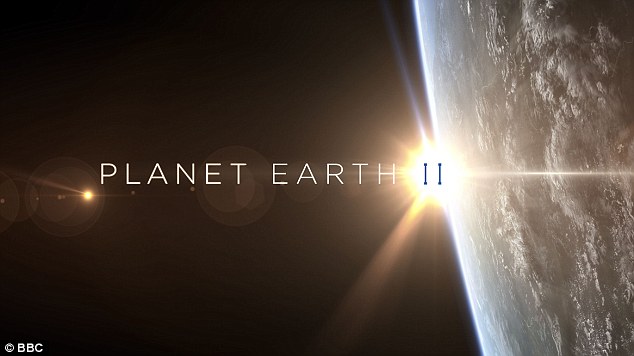[10:39 Sat,16.December 2017 by Thomas Richter] |
The second part of the documentary shows how the BBC&s amazing, never-before-seen nature shots are made by manipulating time - be it time-lapse, hyperlapse or slow-motion images. And here too, technological evolution plays an important role: slow-motion pictures are much easier to make digitally than analogue on film: used to have to be taken in the studio and were limited to 2 seconds, digital cameras also allowed much longer shots outside. The subject of the third part is nature night shots, which have also become better and better over time due to advances in technology. Initially, artificial light was still needed, but the BBC has since used thermal and high-resolution infrared cameras (refitted RED Dragons) and Sony&s A7s for night shots. Here is the official trailer of BBC&s "Planet Earth II": And The Blue Planet II: deutsche Version dieser Seite: Warum BBC Natur-Dokus so spektakulär aussehen |






 The BBC&s nature documentaries are famous for their fantastic images. Vox has taken a closer look in a 3-part series to see what makes their special pictures. The first part shows how the spectacular images of the "Planet Earth II"series (2016) are created and how the development of recording technology has improved the possibilities of dynamic and ever higher-quality recordings of the BBC documentaries.
The BBC&s nature documentaries are famous for their fantastic images. Vox has taken a closer look in a 3-part series to see what makes their special pictures. The first part shows how the spectacular images of the "Planet Earth II"series (2016) are created and how the development of recording technology has improved the possibilities of dynamic and ever higher-quality recordings of the BBC documentaries.